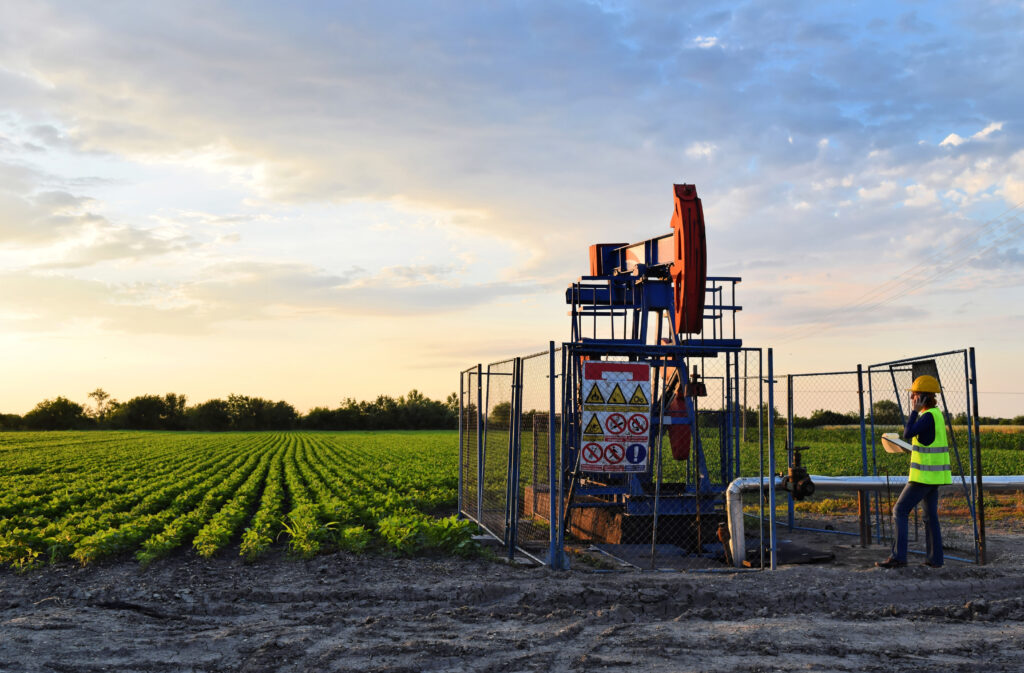 Farmed areas – both on land and in the water – provide important habitats for many wild plants and animals.
Farmed areas – both on land and in the water – provide important habitats for many wild plants and animals.
CRG Texas Environmental Services performs Phase I Environmental Site Assessments (ESAs) for agriculture, rural and forestland property in accordance with the ASTM E2247-16. Per the ASTM E2247-16 standard, “The purpose of this practice is to provide an alternative method to ASTM E1527-13 (Phase I ESA for Commercial Real Estate) for good commercial and customary practice in the United States of America for conducting a Phase I Environmental Site Assessment of forestland or rural property”.
This practice is intended to provide a more practical approach to assess rural and forestland properties that are generally uniform in use. A primary consideration in applying this practice instead of E1527-13 include:
- the nature and extent of the property being assessed,
- the typical environmental concerns, sources for interviews and records, and
- the methodology used to perform the site reconnaissance may differ significantly.
The property to be assessed using this standard practice need not be adjacent and may contain isolated areas of non-forestland and non-rural property. Site reconnaissance of isolated areas of the property that include activities outside the definition of forestland or rural property should be addressed using strategy such as those provided in E1527-13.
The ASTM E2247-16 Standard has a some differences from ASTM E1527-13, which present some special challenges. The differences in the main scope of work for assessing large tracts such as agricultural or rural properties are:
- Site reconnaissance
- Regulatory records search
- Historical sources
The E2247-16 Standard allows for dependency on satellite or drone and aerial photography as an approach to inspecting the property when necessary by inspecting the aerials to identify structures and potential areas of concern (disturbed areas or other features) and physically inspecting those areas and other accessible areas. In unusual circumstances where the property cannot be accessed at all, there are provisions for other methods such as viewing the property from nearby viewpoints.
The E2247-16 Phase I Environmental Site Assessment regulatory records search requirements are slightly different, as there are “additional environmental records” sources and search distances must be from the property boundaries.
Finding appropriate historical information may involve checking non-standard sources. Only historic aerial photographs and topographic maps are considered “standard historical sources,” and “other sources” include things like mineral/oil/gas development maps and livestock dipping vat records.
Clients will want to look for a consultant with a familiarity with the area and what resources are available, a practical yet thorough approach to the site visit, and experience with these ESAs. CRG Texas has done numerous E2247-16 Phase I ESAs across the US and is well versed in their unique requirements. Assessing these sites is manageable with the right knowledge and approach.
Farm Property Environmental Conditions
Recognized environmental conditions associated with farm & ranch properties include:
- Cattle dipping vat records
- Farm equipment maintenance areas
- Pesticide and Herbicide storage areas
- Underground and above ground petroleum storage tanks
- Hazardous chemicals storage areas
- Debris and garbage dump and burn areas
Ranch Property Environmental Services
CRG Texas provides services for:
- Purchasers
- Land Owners
- Investors
- Developers
- Ranch lands
- Farmlands
- Utility rights of way
- Private Land owners
- Land development
- Due Diligence
